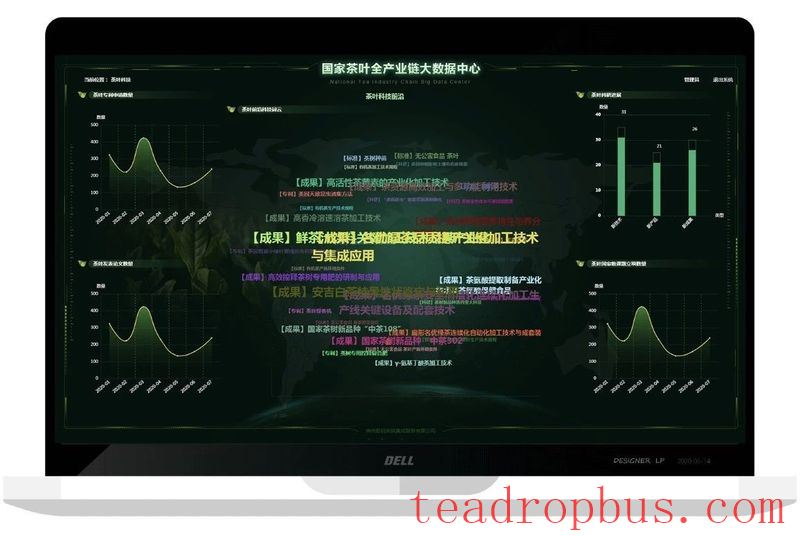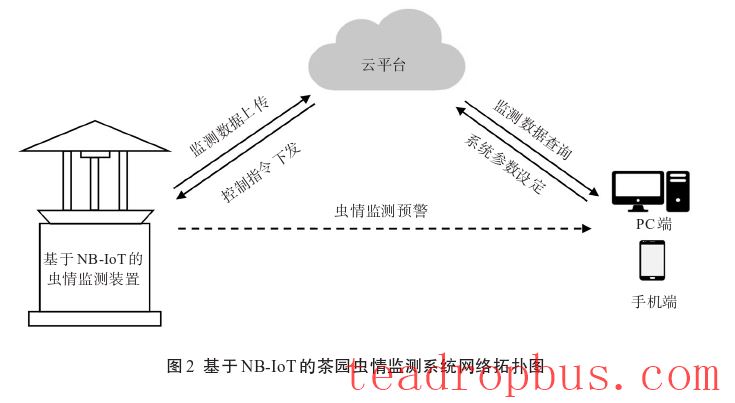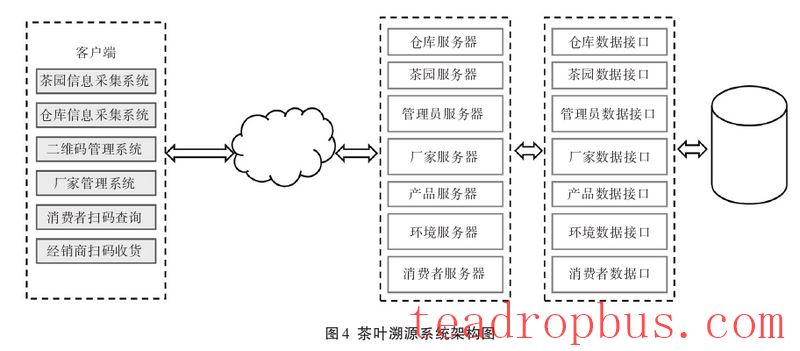
With the evolution of consumer upgrades and market demands, the Tea industry is undergoing digital transformation to achieve industrial upgrading. IoT technology has great application potential in the tea industry, helping tea farmers implement intelligent management and promoting the development of modern tea industries. This article aims to explore the application of NB-IoT technology in smart tea plantations, providing insights and ideas for the digital transformation of the tea industry.
1. Technical Features of NB-IoT
NB-IoT technology is a new type of low-power wide-area IoT technology, one of the IoT standards formulated by 3GPP. NB-IoT technology uses narrowband modulation methods, enabling wide-area coverage at lower power and bandwidth levels. It is suitable for large-scale low-power IoT applications and is characterized by low power consumption and low cost.

2. Application of NB-IoT Technology in Smart Tea Plantations
(1) Monitoring the Growth Environment of Tea Trees
The growth environment monitoring system for tea plantations based on NB-IoT technology, as shown in Figure 1, can achieve real-time monitoring and data transmission of the tea tree growth environment (air temperature and humidity, light, rainfall, soil temperature and humidity, soil pH, soil electrical conductivity, etc.). This ensures the stability and optimization of the tea tree growth environment, improving the quality and yield of tea leaves.
In 2025, the main tea-producing areas of Wuyi Mountain, Fujian Province, suffered from severe drought. Our team used a tea plantation habitat monitoring system based on NB-IoT to monitor tea plantations in Xingtian Town, Wuyi Mountain. The system was powered by solar energy and used NB-IoT for wireless communication, obtaining continuous data on soil temperature and humidity at different depths during the drought, which is significant for studying the physiological responses of tea trees under drought stress.

(2) Monitoring the Health Status of Tea Trees
Real-time monitoring and data transmission of the health status of tea trees can be achieved using NB-IoT technology, as illustrated in Figure 2. Pest monitoring devices use advanced technologies such as light, electricity, and automatic control to achieve automated operations without human intervention. These devices can automatically lure, kill, and collect insects.
Tea farmers can access the cloud platform via computers or mobile phones to obtain pest data and understand the pest and disease situation in the tea plantation. They can also upload system control parameters to the cloud platform through computers or mobile phones, which then sends these parameters to the monitoring devices, allowing for real-time monitoring and data transmission of the health status of the tea trees. This greatly facilitates the management work of tea farmers, enabling them to promptly identify problems with their tea trees and take appropriate measures to prevent and control pests and diseases.

(3) Irrigation Control in Tea Plantations
Ordinary managers of tea plantations often struggle to effectively control soil moisture, leading to uncertainty and randomness in irrigation work, and failing to meet the reasonable water needs of tea trees.
Scholars have utilized NB-IoT technology to achieve intelligent water resource management, proactively regulating environmental parameters in tea plantations according to preset thresholds (Figure 3). Specifically, soil moisture monitoring devices and meteorological stations are installed in tea plantations to monitor soil moisture, weather conditions, and water consumption. By establishing a soil moisture prediction model and uploading relevant data to an automatic irrigation management system in the cloud via the NB-IoT data network, the system adjusts irrigation plans based on monitoring data and the prediction model, and sends control signals to tea plantation irrigation equipment via NB-IoT, achieving precise irrigation. This helps tea farmers conserve water resources, reduce labor costs, and ensure the healthy growth of tea trees.

(4) Monitoring the Tea processing Process NB-IoT technology can achieve real-time monitoring and data transmission of the tea processing process, ensuring that the processing process is controllable and traceable. Scholars have recorded technical data for each step of the processing process through sensors on the production site and aggregated this data to a cloud platform via the NB-IoT communications network. Using a tea quality evaluation model, they analyze the data from the production process, combining it with the test results of relevant batches by tea quality testing agencies, to establish the correlation between the quality of finished tea and production data, which is of positive significance for improving tea processing techniques.
(5) Traceability of Tea IoT
The application of NB-IoT technology can achieve real-time transmission of traceability monitoring data in the tea IoT, particularly in the growth of tea trees and the picking of fresh leaves. Since many tea mountains are located in remote mountainous areas with weak communication signals, the application of NB-IoT technology presents a significant advantage.
As seen from the tea traceability system architecture diagram (Figure 4), by applying IoT technology, data from various stages of tea tree growth and tea production, storage, and sales can be recorded in real time, making it convenient for consumers to query. Building a complete traceability system can help tea farmers improve transparency and responsibility in tea production and management, enhancing consumer trust and loyalty in the quality and safety of tea.

Conclusion
In recent years, with the development of IoT, the application of this technology in smart tea plantations has become increasingly widespread. Although building a complete ecosystem for a smart tea industry requires the integration of other technologies and management methods, such as big data, artificial intelligence, and blockchain, NB-IoT technology, as a foundational technology, provides important technical support for the digital transformation and sustainable development of the tea industry. This helps meet consumer needs and expectations, driving the tea industry towards higher levels of development.